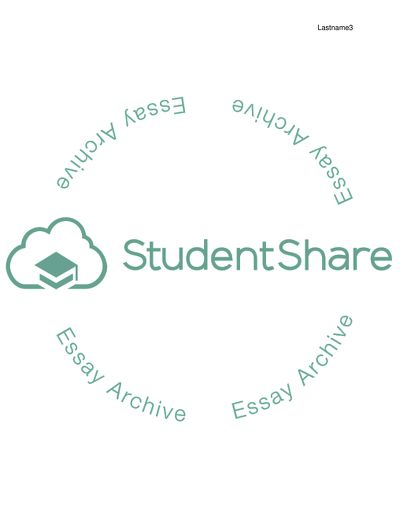Cite this document
(Le Brun's Humanization of Marie Antoinette Research Paper - 1, n.d.)
Le Brun's Humanization of Marie Antoinette Research Paper - 1. https://studentshare.org/biographies/1749165-elisabeth-vigee-lebruns-humanization-of-marie-attionette
Le Brun's Humanization of Marie Antoinette Research Paper - 1. https://studentshare.org/biographies/1749165-elisabeth-vigee-lebruns-humanization-of-marie-attionette
(Le Brun'S Humanization of Marie Antoinette Research Paper - 1)
Le Brun'S Humanization of Marie Antoinette Research Paper - 1. https://studentshare.org/biographies/1749165-elisabeth-vigee-lebruns-humanization-of-marie-attionette.
Le Brun'S Humanization of Marie Antoinette Research Paper - 1. https://studentshare.org/biographies/1749165-elisabeth-vigee-lebruns-humanization-of-marie-attionette.
“Le Brun'S Humanization of Marie Antoinette Research Paper - 1”. https://studentshare.org/biographies/1749165-elisabeth-vigee-lebruns-humanization-of-marie-attionette.


